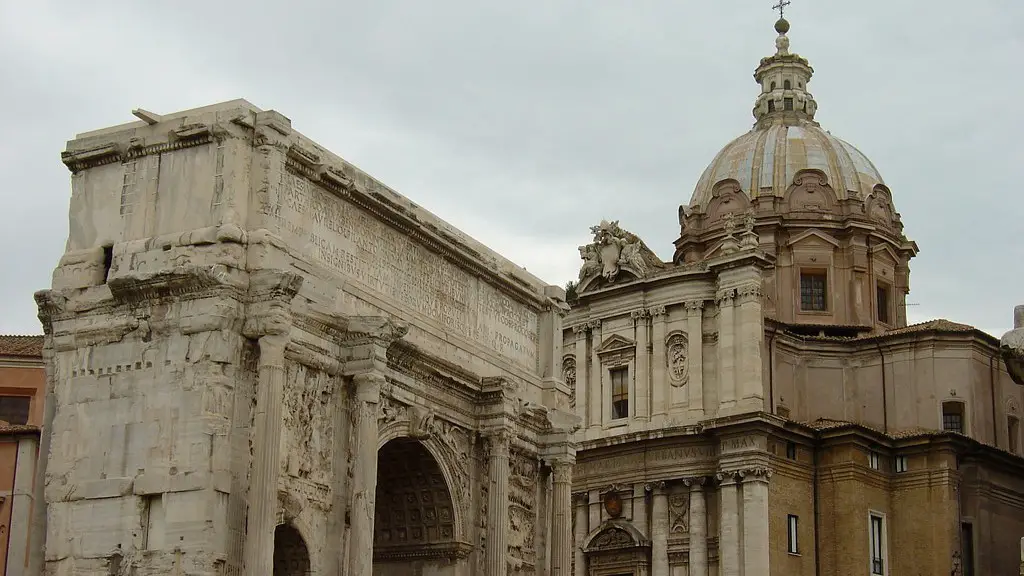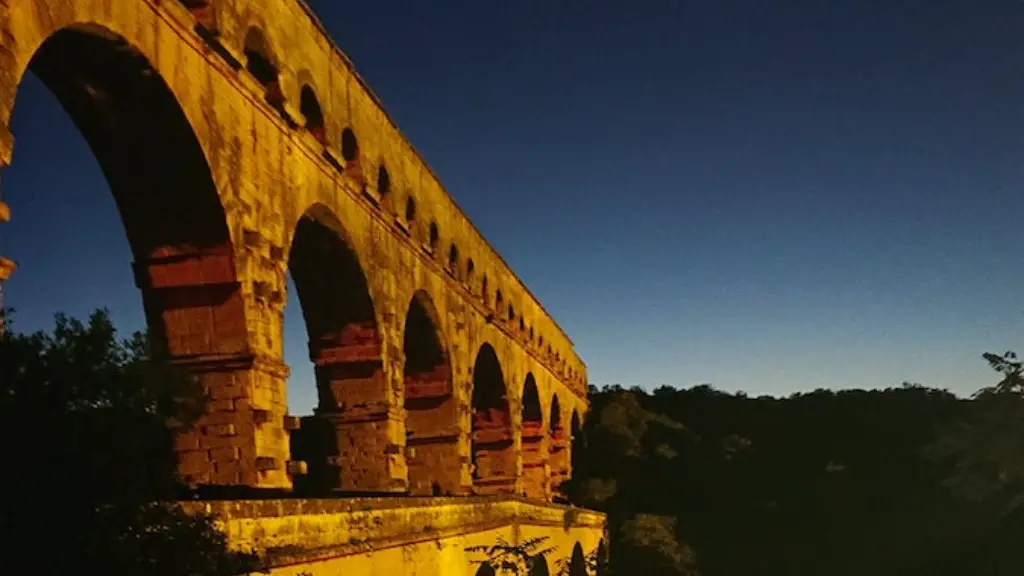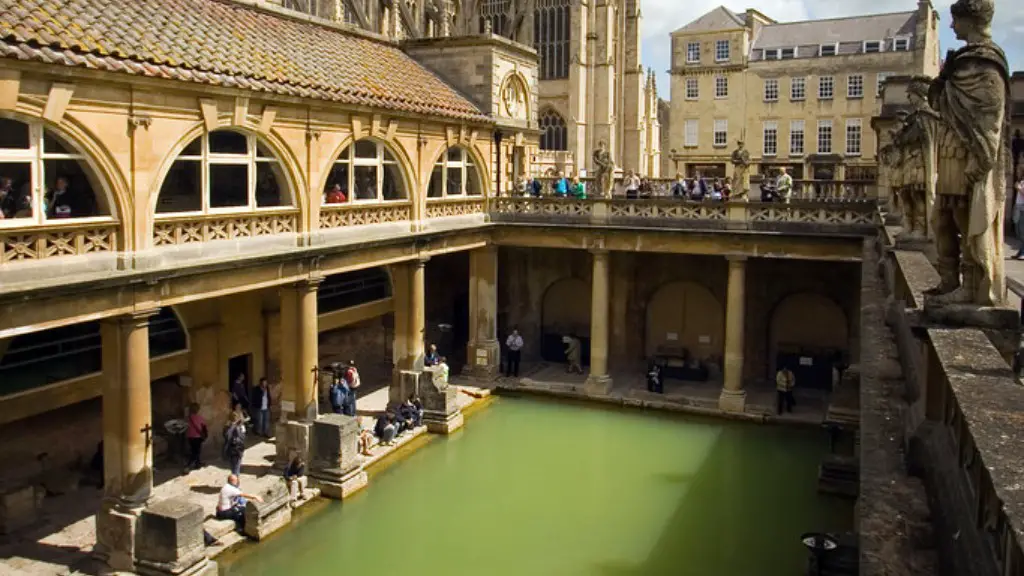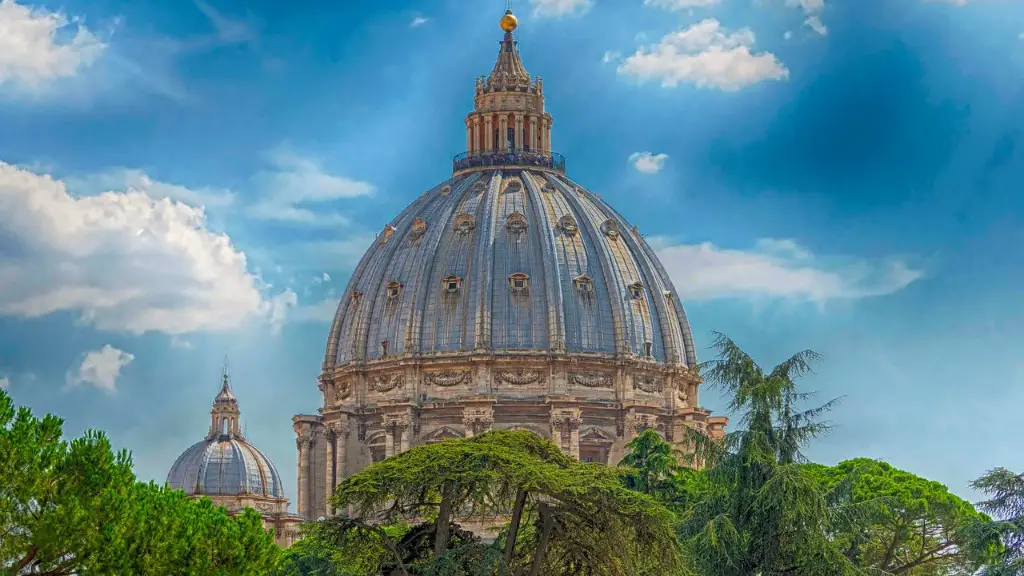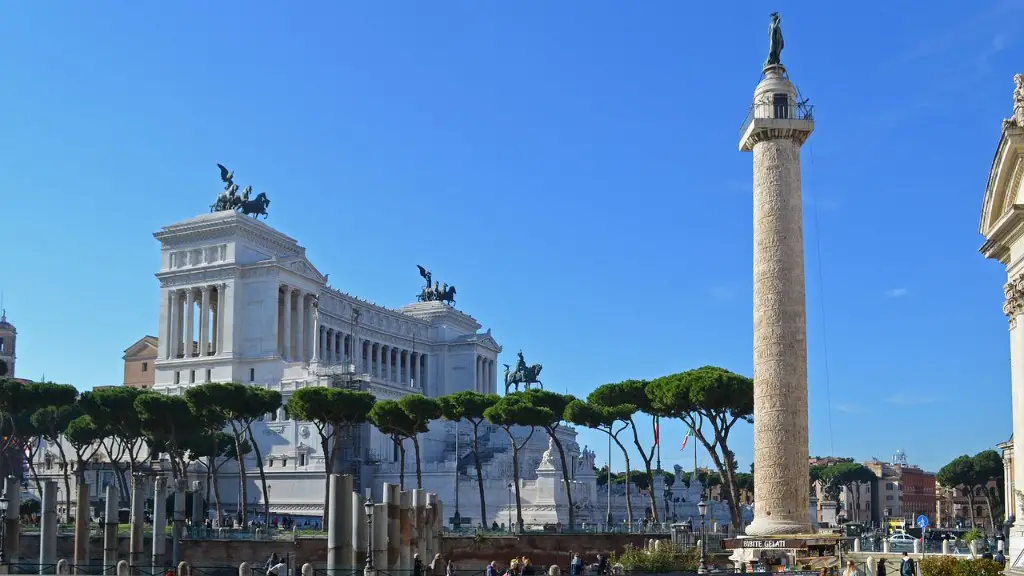Ancient Rome was one of the most influential and powerful empires of its time. Consequently, its toponyms are some of the most well-known in the world. Many of these place names were adopted by subsequent cultures and are still in use today. How did we come to know these famous names?
We know the toponyms of ancient Rome from a variety of sources, including ancient texts, archaeological evidence, and place names that have been passed down through the centuries.
How did Rome get its name?
There are many different origin stories for the city of Rome, but the most popular one is the story of Romulus and Remus. According to this story, the twin brothers were suckled by a she-wolf after being abandoned, then decided to build a city. The brothers argued, Romulus killed Remus, and then named the city Rome after himself. This story is just one of the many legends surrounding the founding of Rome, but it is the most well-known one.
Around 10% of Ancient Rome is left today. The remaining 90% is said to be buried deep inside the earth, around 30 feet below the street level today.
What are some ancient names for Rome
There are plenty of names that have been suggested for the secret name of Rome. Hirpa, Evouia, Valentia, Amor are just a few. It is said that the secret name of Rome is known only to a select few, and that it is a name that is never spoken aloud. It is also said that the secret name of Rome is a name that is full of power and that whoever knows it has the power to control the city.
The city of Rome was founded around 625 BC in the areas of ancient Italy known as Etruria and Latium. It is thought that the city-state of Rome was initially formed by Latium villagers joining together with settlers from the surrounding hills in response to an Etruscan invasion. The Roman Republic was established in 509 BC, and the Roman Empire was founded in 27 BC. The city of Rome has been an important political, economic, and cultural center for centuries.
Why did Romans have 3 names?
Roman men typically had three names: a praenomen (given name), nomen (family name), and cognomen (nickname). The praenomen was usually just one syllable, such as Lucius, Gaius, or Marcus. The nomen ended in -ius and was the name of the gens (clan), such as Julius, Claudius, or Flavius. The cognomen was often used to denote a branch of the family and could be passed down from father to son, such as Brutus, Nero, or Rufus.
Angerona was the goddess of silence, secrets, and mysteries in Roman religion. She was often depicted as a woman with a bandaged mouth. Her festival was celebrated on December 21.
What ethnicity were the Romans?
The Latins were a major source of Roman power and influence. They were a people with a strong Mediterranean character, related to other Italic peoples such as the Falisci. They were a major source of Roman power and influence.
Invasins by Barbarian tribes were a big reason for the fall of Western Rome. These tribes would sack and pillage Roman cities, which left the empire weak and vulnerable. Over time, the Empire was unable to recover from these attacks and eventually fell.
Why don t we use Roman concrete today
Cement is a key ingredient in modern construction, but its origins can be traced back to the Roman Empire. Roman concrete was a mixture of lime, sand, and stone that was used to build everything from roads and bridges to aqueducts and baths.
While Roman concrete was extremely strong and durable, it took a long time to develop its strength from seawater. Young cement made using a Roman recipe would likely not have the initial compressive strength to handle contemporary use. However, with time and continued exposure to seawater, Roman concrete becomes incredibly strong, making it a durable and lasting material.
Kushim was the earliest known example of a named person in writing. The name “Kushim” was found on several Uruk period (c 3400–3000 BCE) clay tablets used to record transactions of barley. It is believed that Kushim was a merchant who operated in the Uruk period.
What was Rome called before empire?
Rome is one of the oldest complex societies developed in western Eurasia. It encompasses the Roman Kingdom (753–509 BC), Roman Republic (509–27 BC) and Roman Empire (27 BC–476 AD) until the fall of the western empire. Ancient Rome began as an Italic settlement, traditionally dated to 753 BC, beside the River Tiber in the Italian Peninsula. Rome became an empire under the leadership of Julius Caesar in the first century BC. The Roman Empire reached its greatest extent under the Emperor Trajan in the second century AD. Christianity began to spread in Rome in the second century AD. The western Roman Empire fell in 476 AD, while the eastern Byzantine Empire continued to exist until the fall of Constantinople in 1453 AD.
Lucius, Gaius, and Marcus were the most common praenomens during Roman history. During the most conservative periods, these three names could make up fifty percent of the adult male population.
Who actually founded Rome
Romulus is one of the most famous figures in Roman history. He is considered the founder of Rome and is credited with creating the city’s first laws and institutions. He is also said to have built the city’s first wall.
There is no doubt that the Roman Empire was one of the most powerful empires in history. The accurate depiction of daily life, politics and warfare in Rome is therefore very important. There are some small issues (such as house decorations etc) that still cause some controversy among historians but the main story is generally true.
Are Romans Greek or Latin?
Latin is an ancient language that originated with the ancient Romans. As the Roman Empire expanded throughout the Mediterranean region, the Latin language spread throughout the area. Latin eventually became the dominant language in the region, and it is still spoken by many people today.
According to legend, Romulus and Remus were suckled and cared for by a giant she-wolf at the site until they were grown. Romulus is said to have founded Rome in 753 BCE, after killing his brother in a fight over which of them would rule the new city. Rome is said to have grown from the small city-state of Latium into an empire over the next several centuries.
Why is Russia called third Rome
The “Third Rome” concept is a modern historical myth that claims that Russia is the successor to the “universal” Roman and Byzantine empires and is destined to dominate the world. The idea is based on a misreading of history and a misunderstanding of the nature of the Russian state. The concept is also used to justify Russian expansionism and to support the claim that Russia is the “natural” leader of the Orthodox world.
Latin was originally spoken by small groups of people living along the lower Tiber River. The language spread with the increase of Roman political power, first throughout Italy and then throughout most of western and southern Europe and the central and western Mediterranean coastal regions of Africa. Latin was the language of the Roman Empire and is still spoken today by the Catholic Church.
Final Words
There is no one answer to this question as there is no one source of information for the toponyms of ancient Rome. There are, however, a few ways that historians and archaeologists have been able to piece together some of the most well-known names of locations in the city. One way is through historians studying ancient texts, both literary and administrative, that mention place names. Another way is through the discovery of inscriptions or graffiti that include the names of specific places. finally, place names can also be suggested by the physical layout of an archaeological site. For example, if a series of rooms are found arranged in a certain way, it is possible to infer what their function may have been and what they may have been called.
There is much evidence that ancient Romans used toponyms to name various places in their city. For example, the ancient Roman writer Pliny the Elder wrote about the toponym ” Mons Romuleus,” which was the name of the hill where Rome was founded. Additionally, ancient Roman coins and inscriptions often used toponyms to identify specific places in Rome. Therefore, it is likely that the toponyms of ancient Rome were used to name various places in the city.
